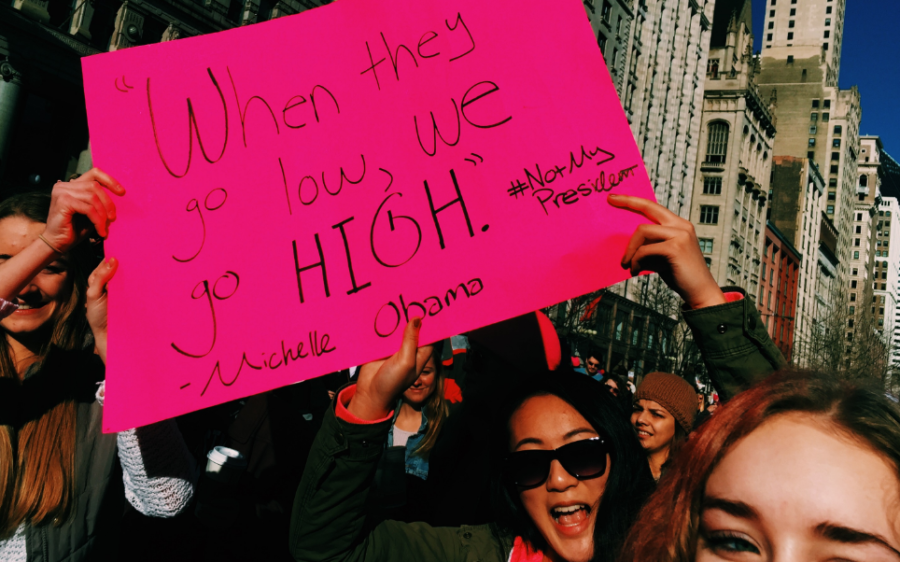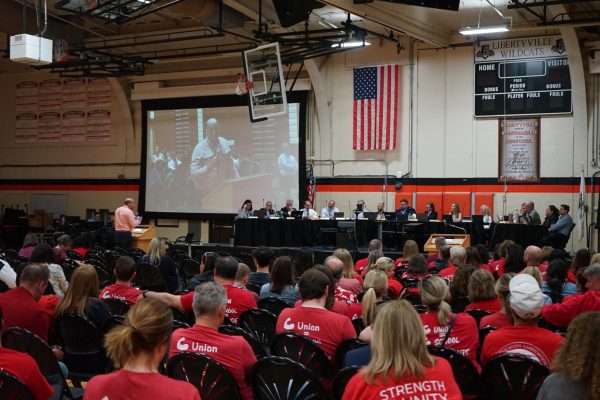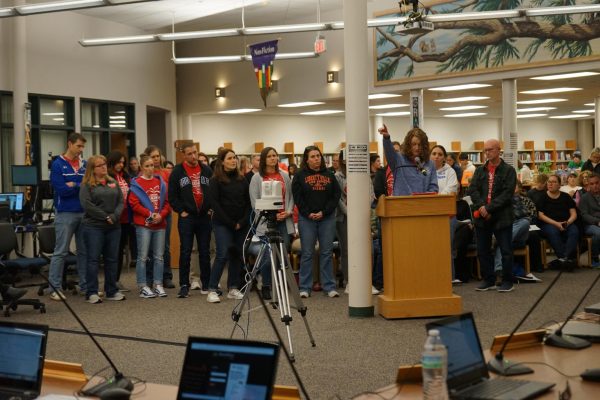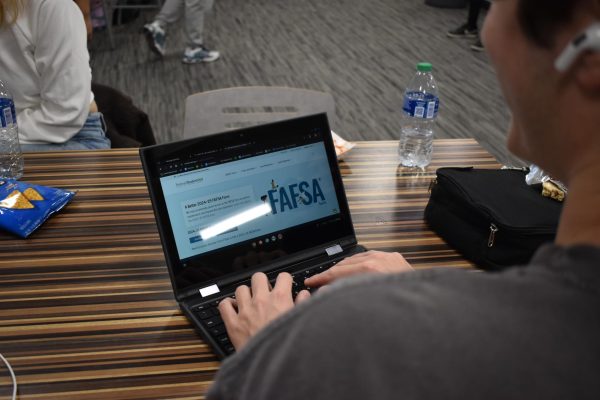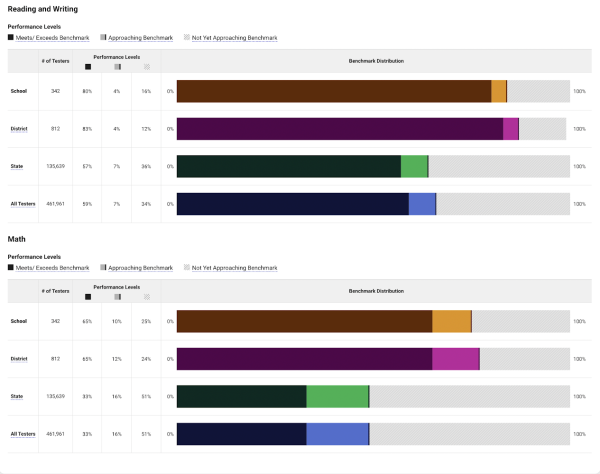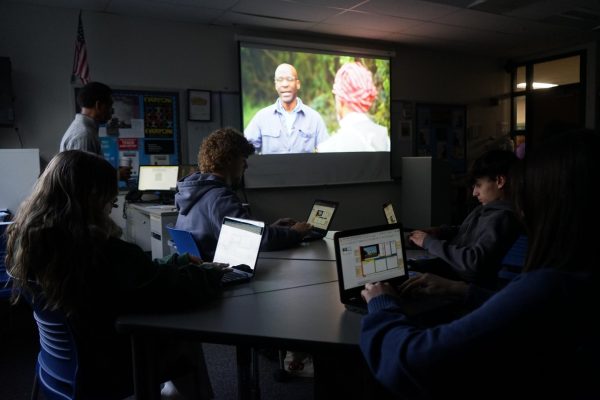Women’s march: Chicago and beyond
Between major events like the Cubs rally and Lollapalooza, we all know that Chicago knows how to show up; the Women’s March was no exception. Leading up to the event, organizers expected about 20,000 to 50,000 people to be there. Instead, the attendance was estimated to be about 250,000.
The Chicago Tribune reported that “Grant Park had reached capacity” and that marchers “shut down parts of the Loop, splintering off in every direction.”
In fact, the official “march” was canceled, but people marched throughout the city anyway.
The astronomical numbers can be attributed to two key aspects of all of the marches: passion and diversity. Though centered around women’s issues, a multitude of progressive issues were represented at the march. Signs ranged from supporting science, opposing a Muslim registry and the infamous wall, and more. Essentially, it was an anti-Trump protest.
The mission and vision of the Women’s March on Washington can be found on its website.
“We support the advocacy and resistance movements that reflect our multiple and intersecting identities. This march is the first step towards unifying our communities, grounded in new relationships, to create change from the grassroots level up,” said the organizers of the Women’s March.
People of all ages, genders, races, and sexual orientations marched. For many, it was a healing and organized way to make their voices heard. This applied especially to young people who are ineligible to vote but are still politically engaged. As aforementioned, people of all ages marched, like teachers Mr. Paul Friedrich and Mrs. Tara Young.
“As a world literature teacher, I always tell my students to stand up for what they believe in and to seek justice; if you see something that you believe is unjust, it is your responsibility to do something,” said Young.
Based on Trump’s campaign rhetoric, millions of people expressed their fear that the Trump administration threatened the rights of marginalized groups.
“I am proud to be an American woman and have felt lucky to live in a society where men and women are equal. The chance that the progress made could be changed scared me, and because there was an opportunity to stand against it, I did,” said Rebekah Agnew (10).
Though people were angry and scared, the vibe was “healing and uplifting” to many like Friedrich.
Many of the posters were funny. Some read: “Have you read the constitution;” “We shall overcomb;” a printed version of Trump’s tweet in 2012, “The electoral college is a disaster for democracy.”
Others were more thought-provoking. For example, one said, “complacency is a luxury we can no longer afford.” Another one said “‘17 is the new ‘71. Roe v. Wade argued s.ct. 1971” and had a coat hanger attached on top with a bra hanging off of it.
The chants matched the posters in their range of light-heartedness to seriousness. Some chants included: “No Trump! No KKK! No fascist USA,” “Love trumps hate,” and “the people united will never be divided!”
“My day was full of love and acceptance from literally everyone there. I have never been around so many people [ever] that genuinely want change and are actively trying to change it. I think it says a lot about how the next few years are going to be,” said Lily Walters (12).
No matter how positive the environment was, there was a huge backlash against the march. The reaction to that backlash varied among participants.
“The backlash that was shown from the march was something I expected. Everyone has their own opinion, and they are allowed to share it,” said Lilly Hemesath (12).
Others, however, felt that the criticism was uninformed and unsympathetic to the issues represented.
“It’s really frustrating to see people disregard the march as unnecessary because they don’t personally feel oppressed. I think it’s important to think of others. Trump and his administration pose a very serious, very real threat to many people, like immigrants. I want everyone to feel safe and welcomed in this country,” said Anna Ochoa (12).
Jay Caruso of the Red State’s scathing criticism of the march represented a common criticism of the Women’s March: “Seriously, what are they expecting to accomplish here?”
Friedrich, among others, strongly opposed that notion.
“That’s such a fundamentally ignorant negation. Not just of some of the most important rights gaining movements in American history, to say nothing of our own independence, but of rights gaining and freedom movements worldwide… that’s just flat wrong. And there are no alternate facts that change how history has moved because of people demonstrating in this way,” said Friedrich.
Indeed, demonstrations are powerful; recall the impacts of the Boston Tea Party, the march from Selma to Montgomery for voting rights, the peaceful revolutions that ended communist regimes throughout Eastern Europe in 1989– the list goes on.
Take the response to Trump’s Muslim ban. Following just a day of protests in JFK and in airports nationwide, a federal judge in New York issued a temporary stay on the order. Less than a week later, U.S. District Judge James Robart overturned the ban entirely.
This not only speaks to the power of protests in general but of this new movement– commonly referred to as “the Resistance”– the Women’s March galvanized. In New York City, Yemeni bodega (shop) owners striked on February 2. On February 4, the LGBT+ community gathered at Stonewall Inn in the thousands to protest Trump’s anti-LGBT administration and the Muslim ban. Also on February 4, nearly a thousand people protested across the street from Trump’s private residence, Mar-a-Lago. All of these protests occurred just within two weeks within Trump’s inauguration.
Beyond demonstrating, marchers have been calling their senators to ensure their opposition to Trump’s cabinet picks like DeVos and Sessions.
“Matt House, a spokesman for Senate Minority Leader Chuck Schumer, said that as many as 1.5 million calls per day have been pouring into the Senate this week,” said Ashley Killough of CNN.
Senator Brian Schatz (D) of Hawaii tweeted, “The last three days have been the BUSIEST IN CAPITOL SWITCHBOARD HISTORY. By almost double. This is working. Keep it up.”
Though Pence had to break the tie and confirm DeVos, the civic engagement demonstrated by ordinary Americans is unprecedented.
When harkening back to historic movements, it’s easy to cite key leaders like Martin Luther King Jr. and John Lewis for the Civil Rights Movement, and Elizabeth Cady Stanton and Alice Paul for the suffragette movement. In this “Resistance,” though, it is difficult to foresee who will lead it.
“I think that there will be so many leaders that will rise, whether it be powerful leaders around the world, local leaders that spoke at rallies, or even just people like you and me that showed up to them,” said Lucy Brady (11).
In the way that social media is utilized today, that is probably an accurate assessment to make. People used social media to spread the word about the march and to organize sister marches. People use it to encourage others to donate to the American Civil Liberties Union and Planned Parenthood, call their senators, and sign up for campaigns like Swing Left and 10 Actions for the First 100 Days.
People are indeed “fired up” and “ready to go.” The women’s marches that occurred worldwide were just the beginning.

